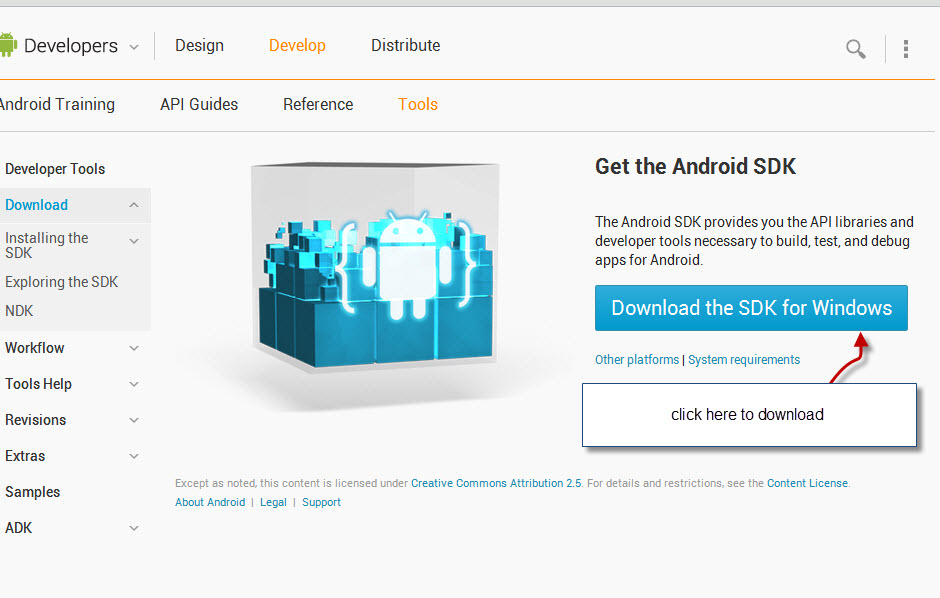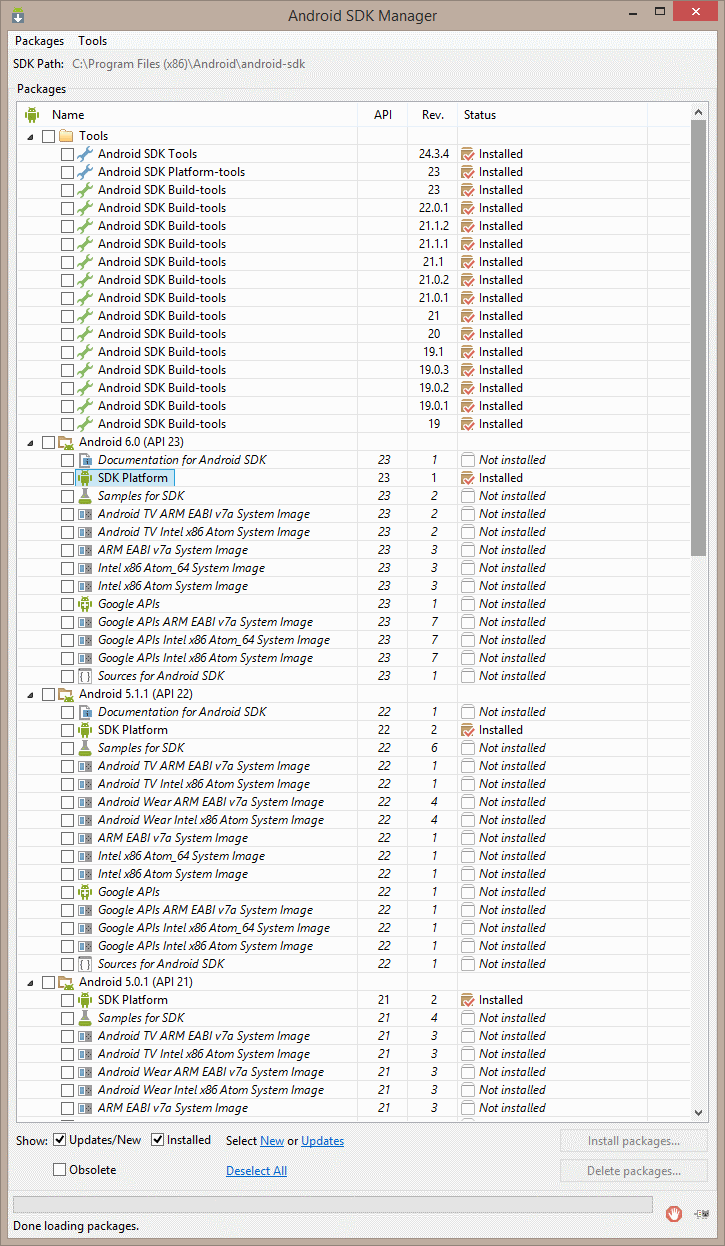
- Android sdk directory install#
- Android sdk directory drivers#
- Android sdk directory update#
- Android sdk directory for android#
Select the root folder of the SDK installation.
Android sdk directory for android#
The first time you build a project for Android (or if Unity later fails to locate the SDK), you will be asked to locate the folder where you installed the Android SDK. If you are unsure whether your device is properly installed on your system, please read the Android development troubleshooting page for details. Mac: If you’re developing on macOS, you usually don’t need any additional drivers.


Android sdk directory drivers#
Find further information regarding USB Drivers for Windows on the Android Developer page. If the device is not recognized automatically, use the drivers from the Android SDK, or any specific drivers provided by the manufacturer. You can do this through the Windows Device Manager.
Android sdk directory update#

To do this, navigate your phone to the “Build number” portion in your device’s Settings. To enable USB debugging, you first need to enable Developer options. USB debugging is a useful way to debug while connecting your Android device to the SDK, so get this set up before moving on to the next step. In step 4 of Installing the SDK, be sure to add at least one Android platform with API level equal to or higher than 9 (Platform 2.3 or greater), the Platform Tools, and the USB drivers if you’re using Windows. You can skip the optional sections relating to Eclipse.
Android sdk directory install#
Install the Android SDKįollow the instructions in Installing the SDK. Download and unpack the latest Android SDK. On your PC, go to the Android Developer SDK website. If you’re installing the Android SDK for the first time, return to Installing the SDK to complete your setup.Whether you’re building an Android application in Unity or programming it from scratch, you need to set up the Android SDK (software development kit) before you can build and run any code on your Android device.

Select Window > Preferences… to open the Preferences panel (Mac OS X: Eclipse > Preferences).įor the SDK Location in the main panel, click Browse… and locate your downloaded SDK directory.ĭone! If you haven’t encountered any problems, then the installation is complete. Once you’ve successfully downloaded ADT as described above, the next step is to modify your ADT preferences in Eclipse to point to the Android SDK directory: And in the MyEclipse, there is no Eclipse menu… just MyEclipse, and this does not have the Android plugin in the Preferences dialog. Am going to install a plain vanilla 3.6.1 Eclipse instance, as the instructions below from the Android site ask me to find “Preferences” under the “Eclipse’ menu. Still don’t see a place to configure the SDK location.


 0 kommentar(er)
0 kommentar(er)
